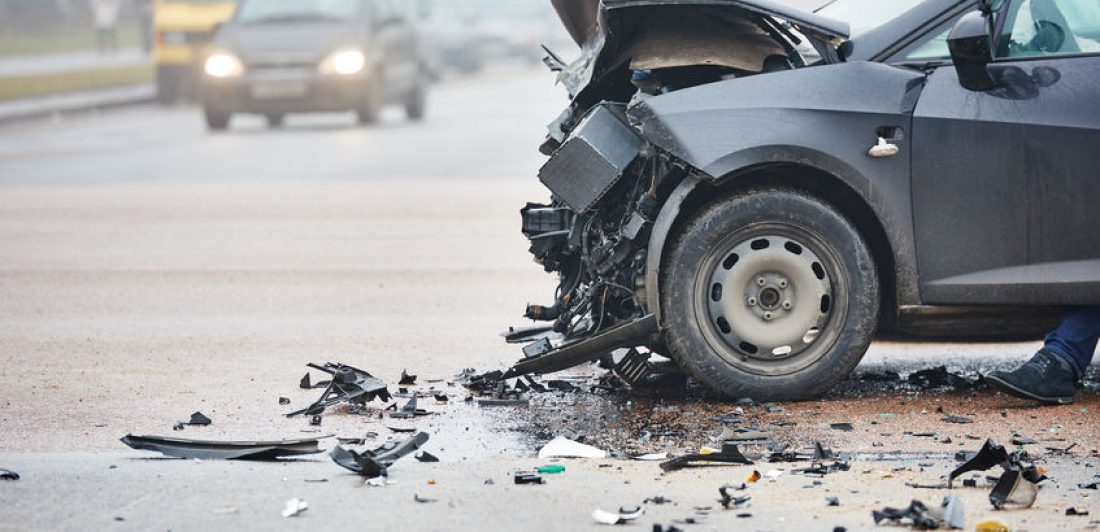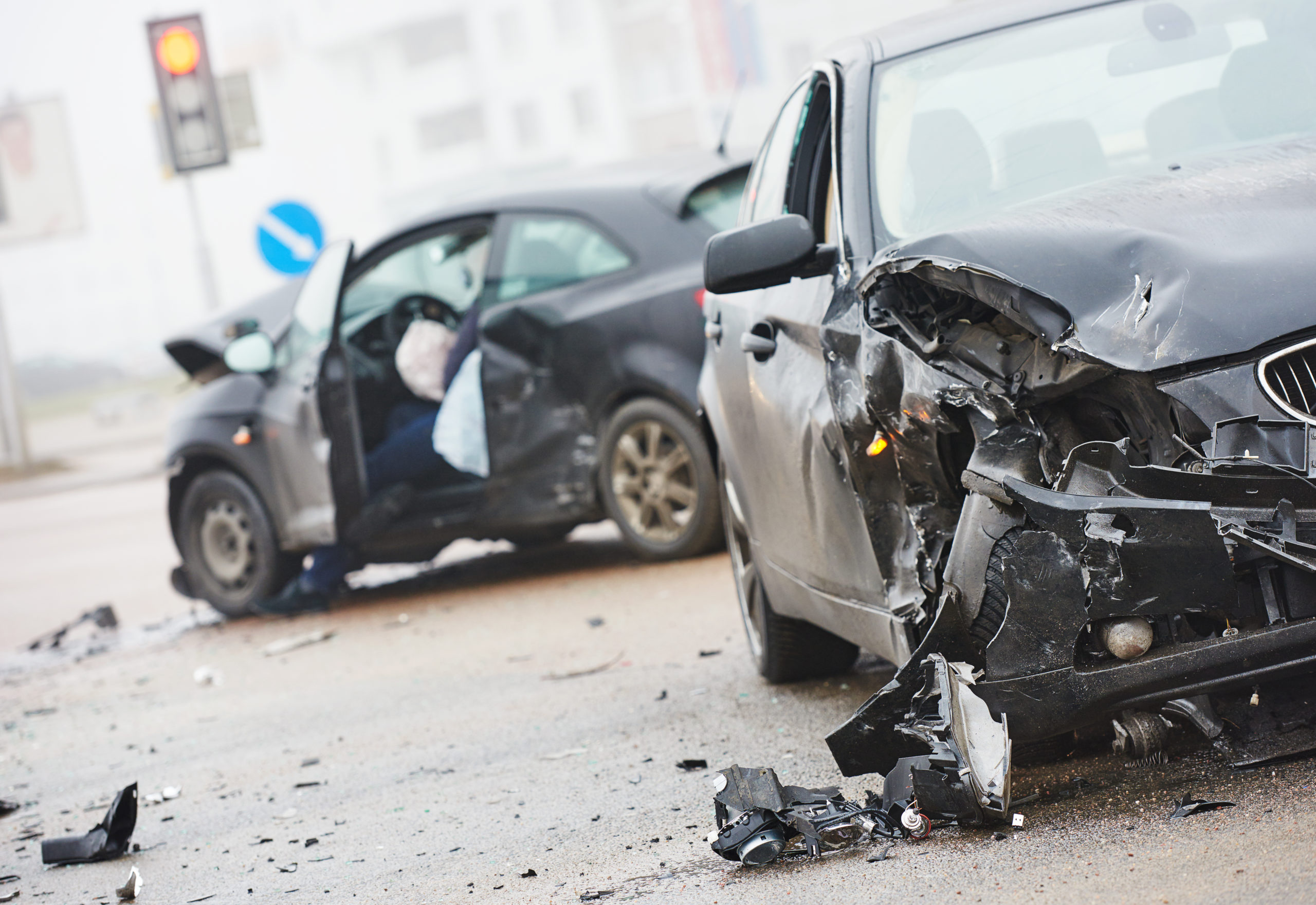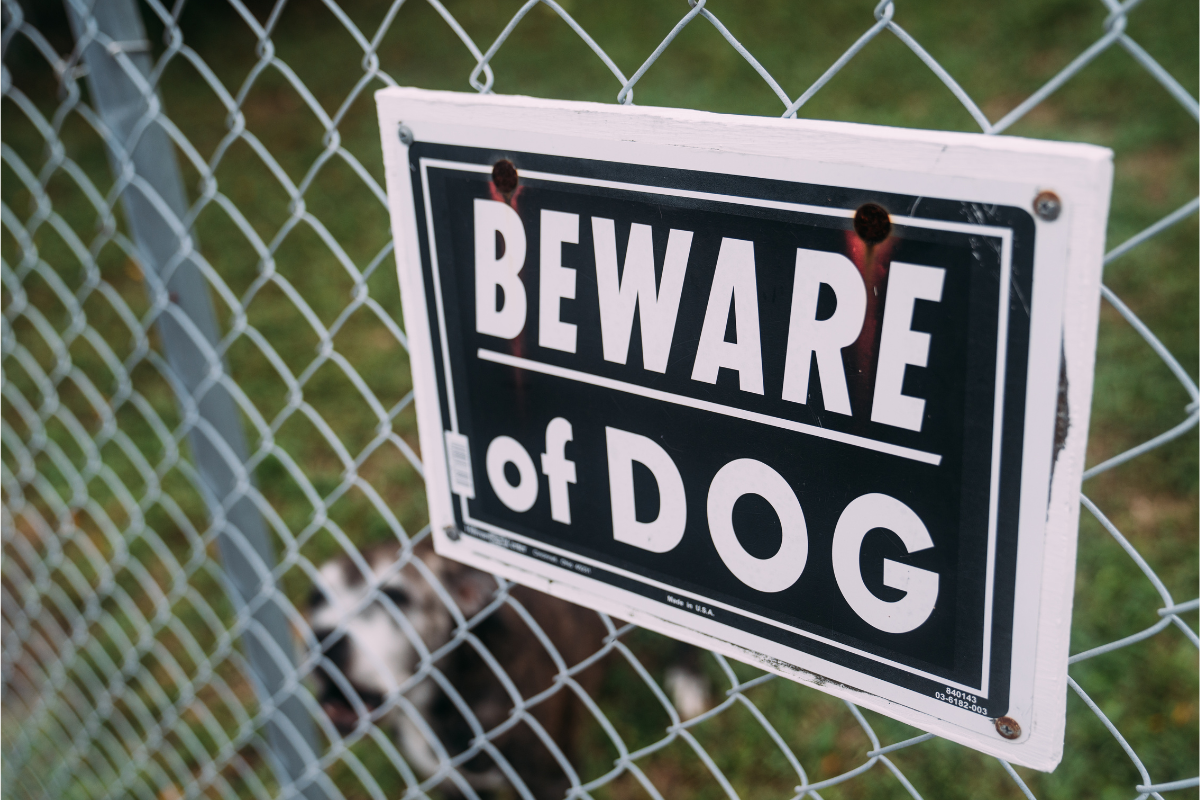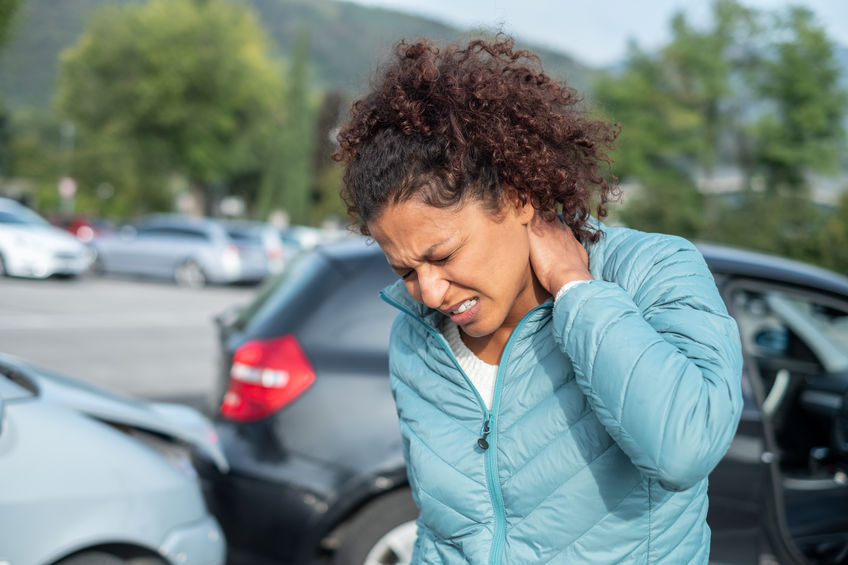When you witness a car crash, multiply the crash by three. There are three collisions that happen within a vehicle accident.
A car crash problem is one of the first things studied in a physics class when learning about Newton’s Laws of Motion. It is the governing science for collision theory. The laws state that a body in motion will remain in motion until there is an equal but opposite force to all static situations, and force is equal to the mass of the object times its acceleration. This is true for each and every object inside of a vehicle—including humans and their organs. Understanding the three types of collisions after a car crash can help understand how you can be injured in a crash.
What are the three collisions that occur in a car crash?
Motor vehicle crash involves three types of collisions: vehicle collision, human collision, and internal collision. Being aware of the three collisions and understanding the dangers allows occupants to understand where and how their injuries occur. There is a sequence of collisions that occur and each can lead to different and severe injuries.
First Collision: Vehicle
The first collision is when a vehicle strikes another object, mostly associated with a car crash. Upon impact, the vehicle abruptly decelerates as it crushes due to the collision forces. While modern vehicles are equipped with safety features that absorb a significant portion of the kinetic energy, humans are not totally protected.
While car accident injuries vary from person to person, there are some fairly common ones. Some of the most common injuries include:
Back and Head injuries
Drivers are susceptible to head injuries due to hitting the steering wheel, roof, windshield. A common injury that you may experience is a concussion. With a concussion, your brain bounces around your skull, causing chemical changes in your brain.
The back and spinal cord injuries can be the most traumatic in an accident, exposing your spine to be twisted or pushed out of alignment. Your backbones can even be fractured. This could damage your spinal cord injuries, which can often result in reduced feeling or function loss in extreme cases.
Neck injuries
Also, referred to as whiplash, neck injuries are common for rear or side-impact crashes to cause your neck to snap quickly. Injuries may range from mild neck strain to dislocation of the spine.
Second Collision: Human
The second collision is known as the “human collision.” Although the vehicle’s kinetic energy has been reduced from the first collision, the human body is still traveling at the same speed and direction that the car was initially until it hits an object that causes the forward motion to stop.
Seat belts save lives by stopping the motion that people go through that they might not have been able to do if they didn’t wear it. If a passenger is not wearing a seatbelt, the human collision will likely be on the steering wheel, dashboard, windshield or the back of a seat.
Additionally, passengers may be subjected to injuries from loose or flying objects in the vehicle. Small items such as pens, smartphones, or other small personal items can lead to injuries. If you have any large items, such as luggage, place them in your car’s trunk. If you need an item within the passenger area, it is best to locate these items behind the driver or passenger seat.
Some of the common injuries that can occur include:
Facial injuries
Hitting the airbag, steering wheel or any other part of the car or flying objects can injure facial skin, teeth, and bones underneath.
Collarbone
Fortunately, we have seat belts equipped to help keep our whole body safe. However, in a major accident, if the weight of your body can quickly press forward against the shoulder belt. This can result in collarbone injury, and in more extensive cases, you can experience rib injury.
Lower extremity injuries
Your seatbelt will help protect you from some lower extremity injuries Without a seatbelt, your legs may hit the dash and/or the steering column. Common injuries include knee, foot, and leg sprains, damage ti muscles or tendons, and bone breaks.
The Third Collision: Internal
Although it may not be visible, the body may suffer damage in a car crash. This is the third collision known as the internal collision. The internal organs still move during a collision, even after the body comes to a complete stop. The internal organs may slam into other organs or the skeletal system. If the car crashes into a concrete barrier, there is a chance that the liver, spleen, heart, or other organs may be torn, bruised, and/or caused to bleed. This internal collision is what often causes serious injury or death.
Because internal injuries may not be spotted immediately, it is best to see a doctor after a crash—even if you feel OK. No matter how big or small the crash may seem, the people in the vehicle can be seriously injured.
Some of the internal injuries that may occur include:
- Abdominal aorta aneurysm
- broken ribs
- internal bleeding
- organ injury
- ruptured spleen
Internal injuries are dangerous for a number of reasons. For one, internal injuries can develop into life-threatening injuries if left untreated. Organs like the liver, heart, or spleen can become bruised or torn from impacting one another or other surfaces within the body. The brain may be bruised from hitting inside of the skull or torn by impacting a fractured portion of the skull.
Some victims may be unaware of what they have suffered because their symptoms aren’t obvious or will take a while before they present themselves.
This is why it is important to seek immediate medical treatment, Regardless of how small it might seem, it is important to seek medical care to ensure there is no internal bleeding. You will need to meet with a qualified medical professional to run the necessary tests to be aware of internal injuries.
Possible damages you can recover in a car crash
Collisions that happen at high speed will have a greater chance of causing severe or fatal injuries. The injuries you or a family member endures can lead to significant losses. Some of the damages that you may be able to recover includes the following:
- Lost wages
- Medical Expenses
- Property damages
- Pain and suffering
- Wrongful death
The Carlson Law Firm can help
Car collisions can be hazardous to the occupants, the vehicle, and other cars around. Seatbelts save lives, and it is important to wear to be safe in collisions. If you have currently experienced a car crash, it is crucial to seek guidance after experiencing a car crash. Contact us today to speak to one of our attorneys to discuss what kind of damages you may claim.




